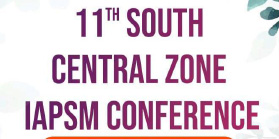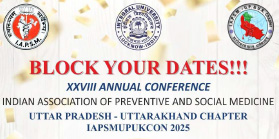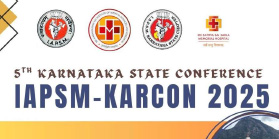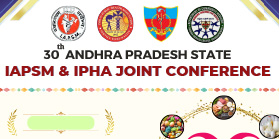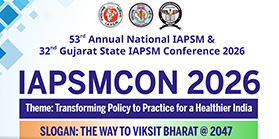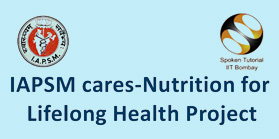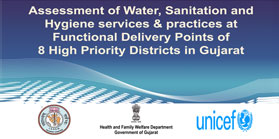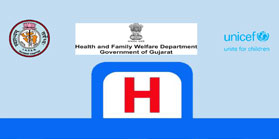Child Health
In any community, mothers and children constitute a priority group. In developing countries, they comprise approximately 71.14 per cent of the population. In India children under 5 years of age constitute about 10 per cent of the total population which needs a special care.
Globally, there were an estimated 6.3 million under-five deaths in 2013, equivalent to about 17000 children dying each day. And nearly half of these deaths occur during neonatal period. Among them almost 80% deaths occur in sub-Saharan Africa and South Asia. There are also large disparities between countries, within countries, between high and low income group and between living in rural and urban areas.
India contributes about 25% of the global under-5 deaths. Under-5 mortality rate of India was 53 per 1000 live birth in 2013. This rate varies from 15 in Kerala to 83 in Assam. Rural areas experience almost doubleunder-5mortalities in comparison to urban areas. Mortality rates in female are higher as compare to male.
Child Health Committee :
IAPSM is committed towards development of Child Health as subspecialties within overall discipline of Community Medicine. With the same objective IAPSM has constituted Child Health committee.
This committee is dedicated team working for child health within overall goal and objectives of IAPSM. Committee is responsible for
- Facilitates National level Academic activities like National seminar, workshops, training programs etc. in Child Health.
- Carry out research, monitoring and evaluation of health programs/services in the area of Child Health.
- Develop the course, fellowship programs in Child Health.
- Develop technical documents e.g. guidelines, training modules, educational literature etc. in Child Health.
- Plan action project on capacity buildings, community intervention etc. in Child Health.
- Any other activities in Child Health which are in line of goal and objectives of IAPSM.



